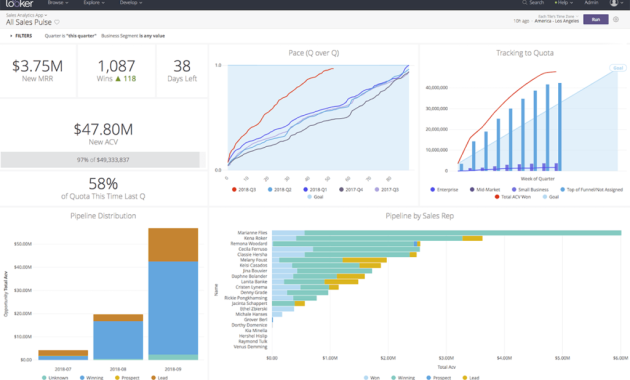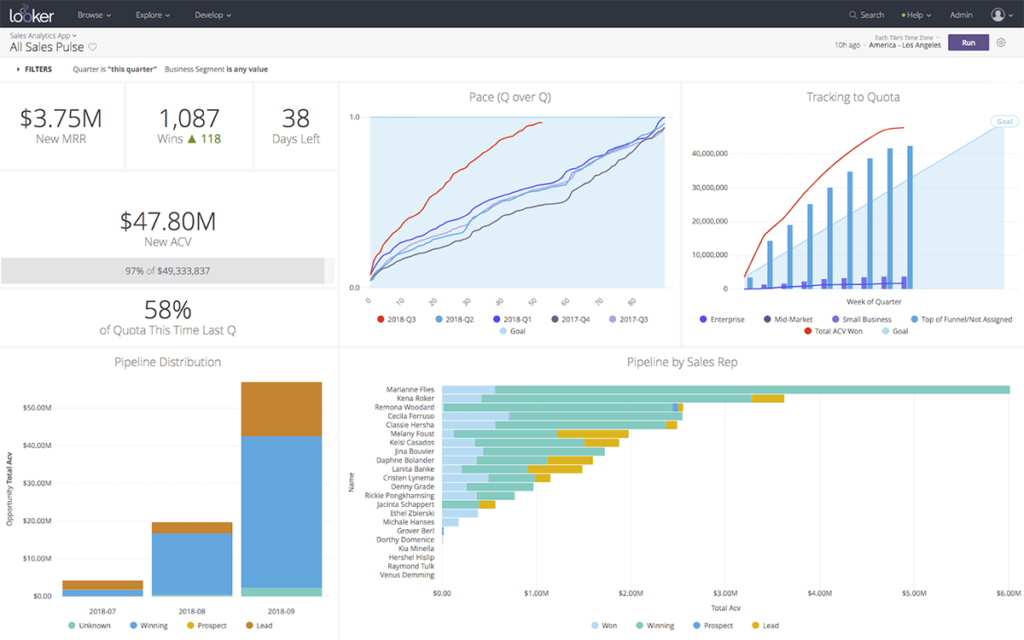
How BI Tools Help You Reduce Incidents: A Data-Driven Approach to Proactive Problem Solving
In today’s fast-paced business environment, incidents can strike at any moment. These unexpected events, whether they involve system failures, security breaches, or operational disruptions, can lead to significant financial losses, reputational damage, and decreased customer satisfaction. However, the rise of Business Intelligence (BI) tools offers a powerful solution. They empower organizations to move beyond reactive responses and adopt a proactive, data-driven approach to incident reduction. This article explores how BI tools help you reduce incidents by providing actionable insights, improving decision-making, and fostering a culture of continuous improvement.
Understanding the Impact of Incidents
Before delving into the solutions, it’s crucial to grasp the broad impact of incidents. The costs can be multifaceted. Direct financial losses can arise from downtime, repair costs, and legal fees. Indirect costs, such as decreased productivity, customer churn, and damage to brand reputation, can be even more substantial. Consider a major e-commerce website experiencing a server outage during peak shopping hours. The immediate loss of sales is significant, but the long-term damage to customer trust and brand loyalty can be even more devastating. Therefore, minimizing incidents is not just a matter of operational efficiency; it’s a critical business imperative.
The Power of Data in Incident Prevention
Traditional incident management often relies on reactive measures. Teams respond to problems as they arise, often without a clear understanding of the root causes. BI tools, however, shift the focus to prevention. They enable organizations to collect, analyze, and visualize data from various sources, including system logs, performance metrics, customer feedback, and security alerts. This comprehensive data view empowers businesses to identify patterns, trends, and anomalies that may indicate potential incidents before they occur. By leveraging data, businesses can move from a reactive to a proactive stance. This is where the true value of BI tools shines.
Key Features of BI Tools for Incident Reduction
Several key features of BI tools contribute to their effectiveness in reducing incidents:
- Data Collection and Integration: BI tools can connect to a wide range of data sources, including databases, cloud services, and internal systems. This integration allows for a holistic view of the business.
- Data Visualization: Interactive dashboards and reports present complex data in an easy-to-understand format. This allows for quick identification of anomalies and trends.
- Real-time Monitoring and Alerts: Many BI tools offer real-time monitoring capabilities. These tools send automatic alerts when predefined thresholds are crossed.
- Predictive Analytics: Advanced BI tools use machine learning algorithms to predict future incidents. This helps organizations proactively address potential problems.
- Root Cause Analysis: BI tools facilitate root cause analysis by enabling users to drill down into data and identify the underlying issues contributing to incidents.
How BI Tools Help You Reduce Incidents: Specific Examples
The application of BI tools in incident reduction varies depending on the industry and specific challenges faced. Here are a few examples:
- Retail: Analyzing sales data, inventory levels, and customer behavior can identify potential supply chain disruptions or stockouts. These insights help prevent lost sales and customer dissatisfaction.
- Healthcare: Monitoring patient data, medical device performance, and staffing levels can help prevent medical errors and improve patient safety.
- Manufacturing: Tracking equipment performance, production processes, and quality control metrics can identify potential machine failures or production bottlenecks.
- IT Operations: Monitoring server performance, network traffic, and application logs can help identify and resolve IT incidents before they impact users.
Implementing BI Tools for Incident Reduction: A Step-by-Step Guide
Successfully implementing BI tools for incident reduction requires a structured approach:
- Define Objectives: Clearly define the specific goals for using BI tools. What types of incidents are you trying to prevent or minimize?
- Identify Data Sources: Determine which data sources are relevant to your objectives. Consider both internal and external data.
- Choose the Right Tool: Select a BI tool that meets your specific needs and budget. Evaluate features, ease of use, and scalability.
- Develop Dashboards and Reports: Create dashboards and reports that visualize key metrics and provide actionable insights.
- Set Up Alerts: Configure alerts to notify relevant personnel of potential incidents.
- Train Users: Provide training to ensure that users understand how to use the BI tools effectively.
- Monitor and Refine: Continuously monitor the performance of the BI tools and refine your approach based on the results.
The Benefits of a Data-Driven Approach
Adopting a data-driven approach to incident reduction offers several benefits:
- Reduced Downtime: Proactive identification and resolution of potential problems minimize downtime.
- Improved Efficiency: Streamlined incident management processes improve operational efficiency.
- Lower Costs: Preventing incidents reduces repair costs, legal fees, and other expenses.
- Enhanced Customer Satisfaction: Minimizing disruptions improves customer experience and satisfaction.
- Better Decision-Making: Data-driven insights support better decision-making at all levels of the organization.
Overcoming Challenges and Maximizing Success
While BI tools offer significant advantages, there are also challenges to consider. Data quality is paramount. Inaccurate or incomplete data can lead to flawed insights and ineffective actions. Organizations must invest in data governance and data cleansing processes. Another challenge is the need for skilled personnel. Implementing and maintaining BI tools requires expertise in data analysis, data visualization, and business intelligence. Training and development are critical. Resistance to change is another potential hurdle. Some employees may be hesitant to adopt new technologies and processes. Effective communication and change management strategies are essential to overcome this resistance.
Future Trends in BI and Incident Reduction
The field of BI is constantly evolving. Several trends are shaping the future of incident reduction:
- Artificial Intelligence (AI) and Machine Learning (ML): AI and ML are being used to automate incident detection, predict future incidents, and recommend solutions.
- Cloud-Based BI: Cloud-based BI tools offer scalability, flexibility, and cost-effectiveness.
- Data Democratization: Making data and insights accessible to a wider audience promotes data-driven decision-making throughout the organization.
- Integration with IoT Devices: Integrating BI tools with IoT devices provides real-time data from various sources.
These trends are paving the way for even more sophisticated and effective incident reduction strategies. The future of incident management is undoubtedly data-driven.
Conclusion: Embracing a Proactive Approach
In conclusion, BI tools are essential for organizations seeking to reduce incidents and improve operational efficiency. By leveraging the power of data, businesses can move beyond reactive responses and adopt a proactive, preventative approach. By investing in BI tools, organizations can minimize downtime, reduce costs, enhance customer satisfaction, and foster a culture of continuous improvement. The ability of BI tools to analyze data, identify trends, and provide actionable insights is invaluable. Businesses must embrace this technology to stay competitive and resilient in today’s dynamic environment. The proactive nature of BI tools allows for a shift in focus. Instead of reacting to incidents, organizations can now prevent them. This data-driven approach is key to long-term success and sustainability. Using BI tools effectively is no longer an option. It’s a business necessity.
[See also: Related Article Titles]

